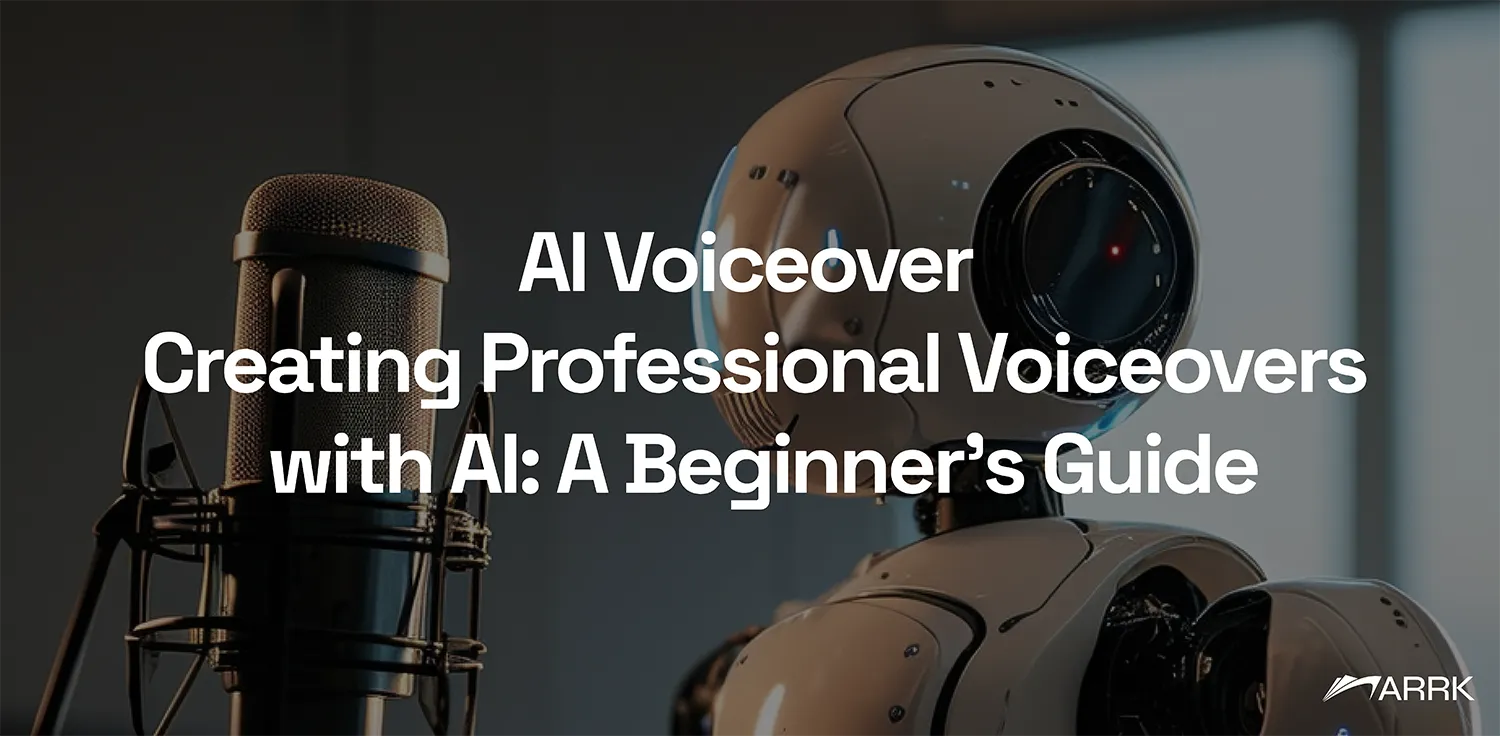AI Voiceover - Creating Professional Voiceovers with AI: A Beginner's Guide

Table of Contents
Creating Professional Voiceovers with AI: A Beginner’s Guide
Voiceovers play a crucial role in various forms of media, from advertisements and videos to podcasts and e-learning courses. Traditionally, creating high-quality voiceovers required professional voice actors and expensive recording equipment. However, advancements in artificial intelligence (AI) have made it possible for anyone to create professional voiceovers with ease. In this beginner’s guide, we’ll explore how AI voiceover technology works and how you can use it to create compelling voiceovers for your projects.
What is AI Voiceover?
AI voiceover technology uses machine learning and natural language processing (NLP) to generate human-like speech from text. These AI-driven tools can produce high-quality voiceovers that sound natural and engaging. By analyzing vast amounts of voice data, AI models learn to mimic the nuances of human speech, including tone, pitch, and pronunciation.
Key Benefits of AI Voiceover
- Cost-Effective: AI voiceover tools eliminate the need for hiring professional voice actors, saving you money on production costs.
- Time-Saving: AI can generate voiceovers quickly, allowing you to create content more efficiently and meet tight deadlines.
- Consistency: AI voiceovers maintain a consistent tone and quality, ensuring that your content sounds professional across different projects.
- Customization: AI voiceover tools offer various voice options and customization features, allowing you to tailor the voice to suit your brand or project.
Getting Started with AI Voiceover
Choose the Right AI Voiceover Tool
- Arrk’s AI Voiceover: Arrk offers a user-friendly AI voiceover tool that generates professional voiceovers from text. With a variety of voice options and customization features, Arrk’s AI Voiceover is perfect for beginners.
- Other Popular Tools: Consider exploring other popular AI voiceover tools like Google Cloud Text-to-Speech, Amazon Polly, and IBM Watson Text to Speech.
Prepare Your Script
- Clear and Concise: Write a clear and concise script for your voiceover. Ensure that your text is free of errors and easy to understand.
- Pacing and Pauses: Indicate any necessary pacing and pauses in your script to ensure a natural flow in the voiceover.
Customize the Voice
- Voice Selection: Choose a voice that matches the tone and style of your project. Most AI voiceover tools offer a range of voices, including different accents, genders, and ages.
- Adjust Settings: Customize the voice settings, such as pitch, speed, and volume, to achieve the desired effect.
Generate and Review
- Generate the Voiceover: Use the AI tool to generate the voiceover from your script. Listen to the output to ensure it meets your expectations.
- Edit if Necessary: If needed, make adjustments to the script or voice settings and regenerate the voiceover until you are satisfied with the result.
Tips for Creating High-Quality AI Voiceovers
- Use Natural Language: Write your script using natural language that sounds conversational. Avoid overly complex sentences or jargon that might be difficult for the AI to pronounce correctly.
- Emphasize Key Points: Use punctuation and formatting to emphasize key points in your script. This helps the AI understand where to place emphasis and intonation.
- Test Different Voices: Experiment with different voice options to find the one that best suits your project. Each AI voice may have unique characteristics that can enhance your content.
- Review and Refine: Always review the generated voiceover for accuracy and clarity. Make any necessary adjustments to ensure the final output is professional and engaging.
Applications of AI Voiceover
- Video Narration: Use AI voiceovers for narrating videos, such as explainer videos, tutorials, and marketing content.
- Podcasts: Create professional-sounding podcasts with AI-generated voiceovers, saving time on recording and editing.
- E-Learning: Enhance e-learning courses with clear and engaging AI voiceovers, making educational content more accessible.
- Advertisements: Generate voiceovers for advertisements, ensuring a consistent and professional tone for your brand.
Conclusion
AI voiceover technology has made it easier than ever to create professional voiceovers for a variety of projects. By leveraging AI tools, you can save time and money while producing high-quality audio content that engages your audience. Whether you’re creating videos, podcasts, e-learning courses, or advertisements, AI voiceover tools offer a versatile and efficient solution.